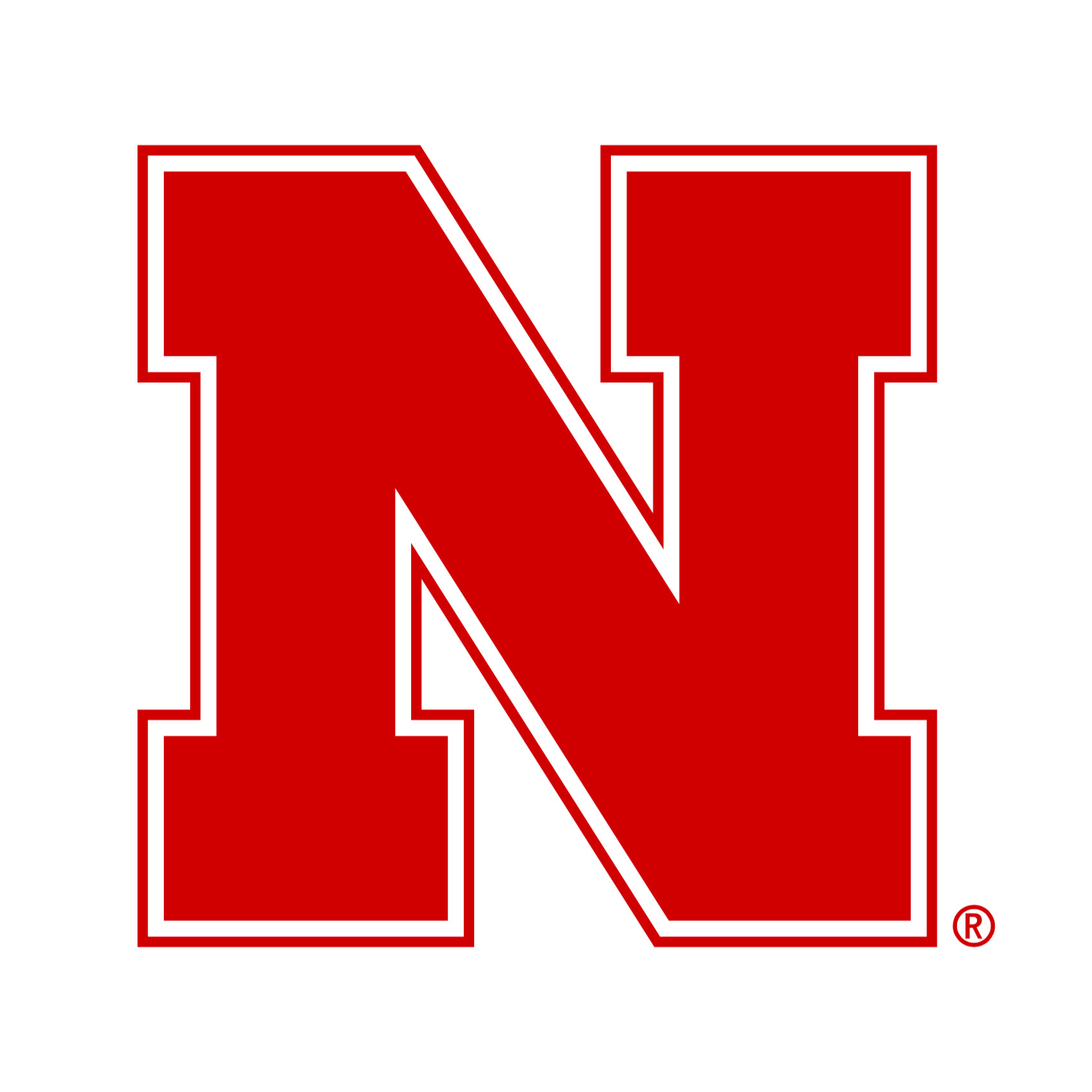
Supported by NSF CNS #2030272, 2030141
Description
The ongoing COVID-19 has, once more, highlighted the importance of public safety communications (PSC) in protecting public safety personnel and ensuring life-saving services. As 5G networks transition to higher frequencies, including the mmWave spectrum, integration of PSC solutions into this new spectrum becomes a challenge. Increased data rates, reduced delays, and improved density would lead to the realization of life-critical PSC use cases such as high-quality real-time video streaming and ultra-low-delay communication. These use cases increase the potential demand for PSC in the mmWave spectrum. Conventional spectrum management solutions, such as allocating dedicated PSC bands, are not sustainable. This project develops dynamic mmWave spectrum sharing solutions for public safety communications (DYNAmmWIC) to allow for novel PSC use cases in the mmWave spectrum and design the mmWave spectrum. This vision requires the coexistence of innovations in the radio, network operation management, and network architecture levels. The developed solutions in this project have the potential to fundamentally transform mmWave spectrum usage and accelerate the readiness of the wireless industry for 6G solutions while saving significant costs.
Goals
The project explores four main goals to provide a complete radar-5G-public safety communications (PSC) coexistence solution from radio hardware to the network architecture:
- A joint-radar communication (JARC) system is developed by using the same waveform for both radar sensing and data transmission in commercial and public safety vehicles.
- A mmWave spectrum sharing solution is developed to dynamically manage the coexistence of operations for PSC, radar sensing, 5G, and V2V communications, pedestrian access, and backhaul in the mmWave spectrum.
- A novel mmWave next-generation radio access network (NG-RAN) architecture is developed, allowing higher RAN co-operation and integration through proven orchestration tools for rapid development iterations of solutions on a real testbed.
- A comprehensive evaluation plan complements the developed techniques. The JARC system, implemented at OSU, will augment iLNK, a city-wide, remotely accessible wireless testbed. iLNK is developed at UNL in collaboration with the City of Lincoln, which has proven to be a valuable remote teaching tool during the COVID-19-related restrictions.
Personnel
PI: Mehmet C. Vuran (UNL)
PI: Eylem Ekici (OSU)
Co PI: Demet Batur (UNL)
Co PI: Jennifer Ryan (UNL)
Students:
Prashant Subedi, MS student